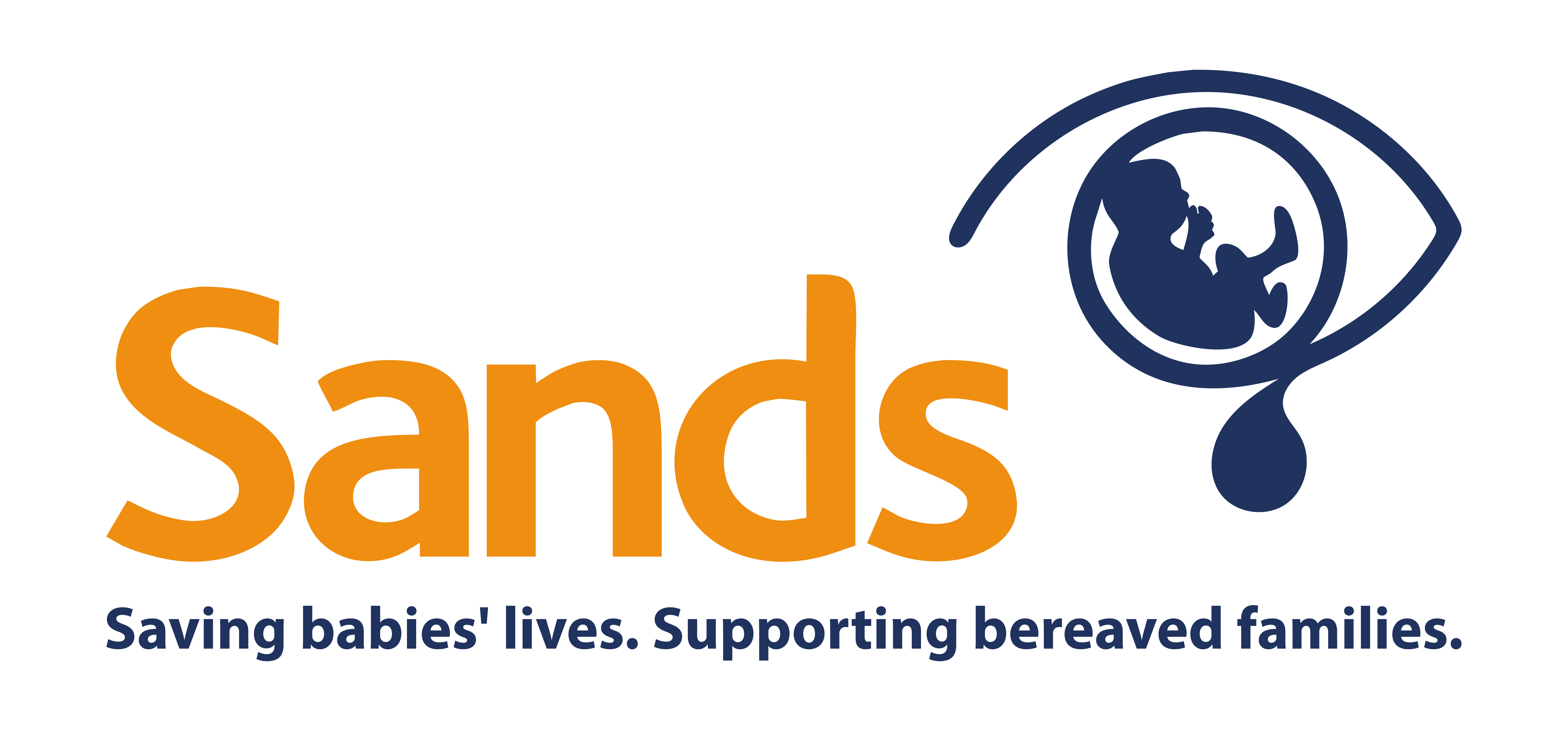This page contains information about the different types of baby death and pregnancy loss and the most recent statistics available for each.
Information is collected and recorded in various ways for the different types of baby death and pregnancy loss, which is why some statistics are more up to date than others, some do not cover all of the UK and why there can be uncertainty around the numbers for some types of loss.
Types of baby loss and pregnancy loss:
We have put together a guide to help you understand the statistics and explain what the numbers mean, who the different organisations involved are and how this information is used to improve care and save babies' lives.
